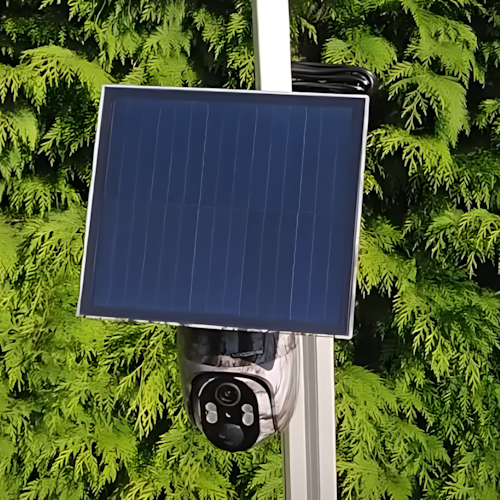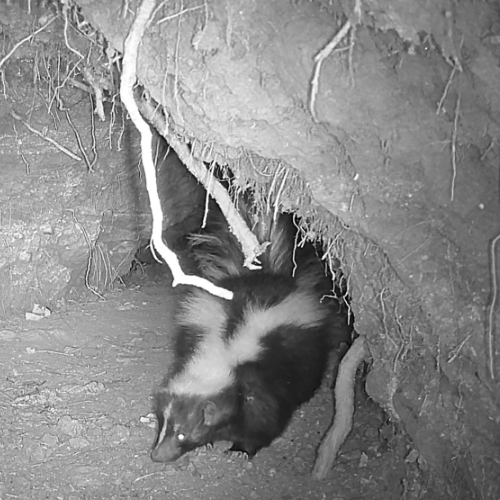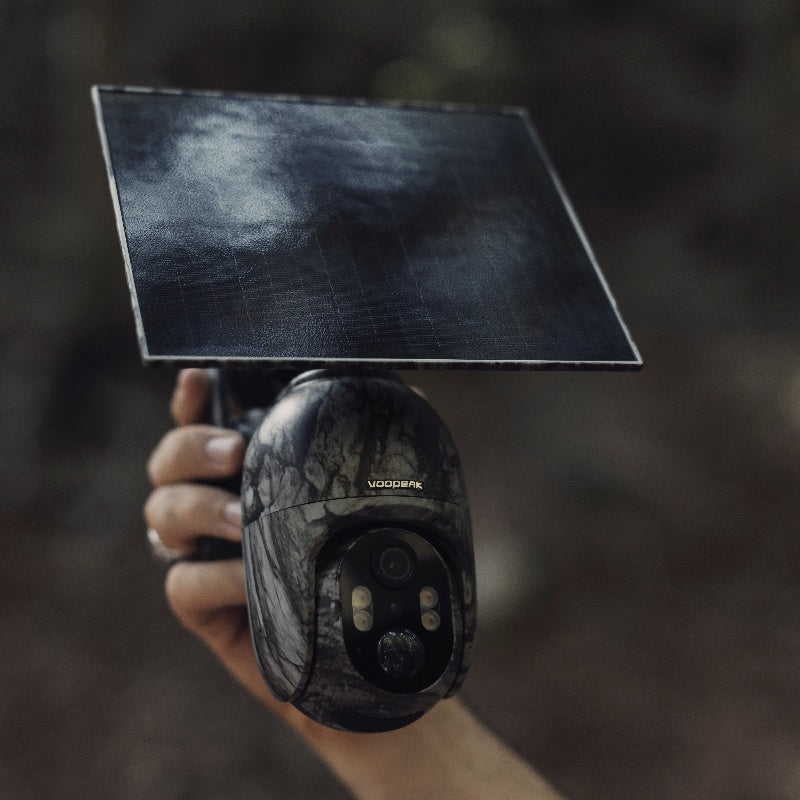Hunting was originally one of the most primitive activities, but with the rapid development of science and technology, it is also related to the digitalization of science and technology. Hunting cameras, once a very uncommon tool, have now become a must-have artifact for hunters, outdoor enthusiasts, wildlife researchers and nature observers. Hunting cameras are like a quiet observer, quietly staying in the forest, recording the most real moments of nature.
From hunting tools to the eyes of nature
The birth of hunting cameras was originally to meet the needs of hunters to track prey. Through motion sensors and infrared technology, the figures of animals are captured. They are usually set in places where animals often appear so that hunters can observe the living habits and activities of animals. However, with the advancement of technology and the enhancement of people's environmental awareness, the use of hunting cameras has long surpassed hunting itself.
Today, hunting cameras are more used in wildlife research and ecological protection. Especially solar-powered hunting cameras, they can work in the wild for a long time, recording valuable data such as animal behavior, population size, migration routes, etc., which greatly reduces the time and cost of human observation and provides great convenience for scientists to study wildlife.
For example, on the African savannah, researchers use hunting cameras to track the movements of lions, understand their hunting strategies and social structure of the population. In the rainforest, scientists use hunting cameras to record the behavior of endangered species, providing a strong basis for the development of animal protection plans.
Surprises brought by hunting cameras
For ordinary nature lovers, hunting cameras are a door to the natural world. It records those wild animals that we usually can hardly see with our own eyes and presents them clearly in front of us. For example, a deer walks in the snow with a baby fawn, and a fox looks around alertly. These precious pictures are all presented to everyone through hunting cameras.
The future of hunting cameras
With the development of AI and image technology, hunting cameras will become more intelligent and efficient. In the future, we may be able to interact with them through hunting cameras. For example, some new hunting cameras now have AI animal recognition functions, which is a qualitative leap in the development of hunting cameras.
In addition, the endurance and concealment of hunting cameras will be further improved. Technologies such as solar charging and low-power design will extend the working time of hunting cameras, while smaller and more concealed appearance design can reduce interference with animals.
Summary
A hunting camera can be a quiet forest observer, recording the most real and moving moments in nature. It allows us to glimpse the mysterious world of wild animals and makes us more deeply aware of the importance of protecting nature. It can also be a tool to help hunters in a vigorous manner. In the collision of technology and ethics, we should make good use of the hunting camera as a tool and let it become a bridge for us to coexist harmoniously with nature.







Leave a comment
This site is protected by hCaptcha and the hCaptcha Privacy Policy and Terms of Service apply.